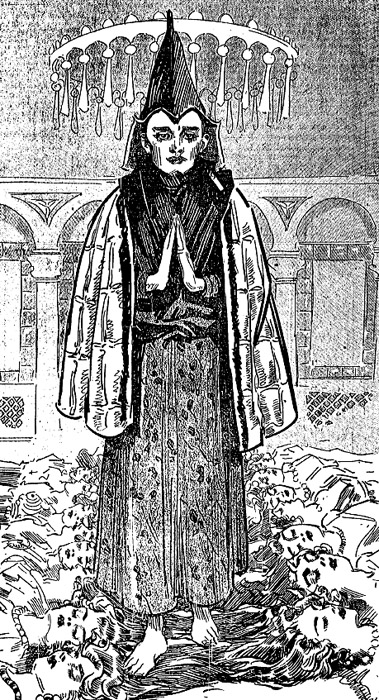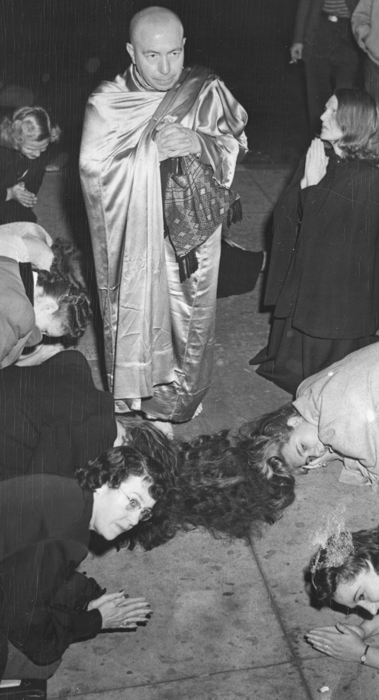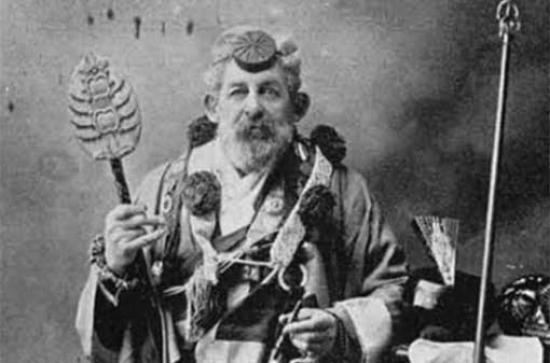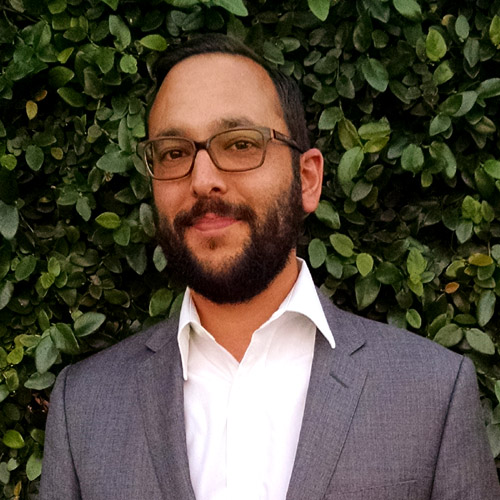I first met Laurence Cox and the figure of Dhammaloka in 2012 at a conference at University College Cork in Ireland titled “Pioneer European Buddhists and Asian Buddhist Networks.” I was there to present a paper on Salvatore Cioffi (1897-1963), an Italian immigrant to Brooklyn who earned a degree in chemistry at Cooper Union in 1922 and converted to Buddhism a few years later after a chance encounter with The Dhammapada at the New York Public Library. Cioffi left his family and sailed to Burma to be ordained a monk. He took to Buddhism with a convert’s zeal, and, renamed as Lokanatha, he spent the rest of his days as a preacher, author, and organizer throughout Asia and across the globe. His decades-long efforts trying to convert the Indian political activist Dr. Bhimrao Ramji Ambedkar to Buddhism had astonishing consequences. In 1956, Ambedkar formally converted to Buddhism and half a million of the Dalits he advocated for followed suit in the largest mass religious conversion in history.
As we shared stories about Dhammaloka and Lokanatha, it started to become clear to me, Cox, and other conference-goers that the individuals we thought were singular rather overlapped with and complimented one another. Both came from Catholic countries, converted to Buddhism, and with Burma as a base, preached the Dharma throughout Asia while using their position as celebrity Western outsiders to strengthen their support of Buddhism and respective attacks on Christian missionaries and contemporary civilization. Separated by several decades, they also seemed to mark complementarily the periods that Laurence Cox mentions in his interview of the late-nineteenth century, politically and nationalistically-minded Buddhist revivals, and later pan-Asian movements that tried to assert Buddhism on a modern, global stage.
Perhaps the true shock of recognition came when two newspaper images, thirty-seven years apart, were brought together. One depicted Dhammaloka in 1911 clad as a Tibetan lama walking on the hair of devout Burmese Buddhist women in a ritual for such a “field of merit” as the converted Irish hobo. The other was a photograph taken of Lokanatha on the streets of Hollywood, a publicity stunt egged on by his host Gypsy Buys, after hearing about it from the Italian Catholic scientist turned venerable monk. Mark Twain once said that “history doesn’t repeat itself, but it rhymes,” and these two images made Dhammaloka and Lokanatha seem like adjacent lines of a single poem.


It would be misleading to think of the figures of Dhammaloka and Lokanatha in isolation. Behind them, there are intriguing echoes of other early— yet not nearly as well-documented— Western converts to Buddhism at the turn of the century. Cox makes mention of some of these in his excellent 2011 work Buddhism in Ireland: Sir Thomas Lipton (of tea fame) encountering an Irish Buddhist monk in central China, a medical doctor aboard a ship to Bombay catching a blue eye among a silent order of bhikkus, and the scattered mentions and rumors of other Occidental-born sons of the Buddha, at times numerous enough to be referenced offhandedly as a type.
It may only be a matter of time before many of these figures are brought out of shadows and profiled with just as much detail. As Cox alludes to in his interview and points out extensively in his book, it took recently-created digital archives and an international scholarly village of funding and collaboration (including researchers from Ireland, England, Canada, the United States, Japan, and Thailand) to excavate the history of Dhammaloka and others. This framework and the efforts of its participants are continually turning up new findings. Less than a year ago, Cox along with Professors Brian Bocking (of University College Cork, Ireland) and Shin’ichi Yoshinaga (of Maizuru National College of Technology, Japan) were able to push back the date of the first Buddhist mission to the West by a full decade to 1889 with the Irishman Charles Pfoundes representing the Japanese Buddhist Propagation Society in London.
What influence might the work of Cox and his colleagues in the Dhammaloka Project and beyond have on the wider study of encounters between Buddhism and the West? In his interview, Cox mentions a previous “textual and elite focus” within the study of Western Buddhists, and the attention placed on reformers and publishers such as Henry Steel Olcott and Paul Carus would seem to reflect the attention given to what Stephen Prothero has called “Protestant Buddhism.”[1]The emphasis on monasticism and orthopraxy displayed by Dhammaloka, Lokanatha, and others like them, combined with their often enthusiastic willingness to engage with ritual and local religious cultures, suggests that there might be a stream of “Catholic Buddhism” just as deserving of attention.
These early encounters between Buddhism and the West play havoc with many of the dominant models used to understand Buddhism in the West over the last several decades— models that by halves, thirds, or quarters have tried to separate “ethnic” Buddhism out from what converted Westerners recognize and practice as the Dharma. Joseph Cheah brought these problematic taxonomies to the forefront and noted the contemporary gulf between Burmese Buddhists and convert Buddhists in his 2011 Race and Religion in American Buddhism. Figures such as Dhammaloka and Lokanatha, who saw themselves and their Buddhism tied to the Burmese people and culture that hosted them, sharply clash with these categorical divisions. They are perhaps a historical path by which scholars might (re)introduce matters of race, colonialism, and power to be brought fully into the center of studies of Buddhism and the West.
Finally, Buddhism (and Asian religious traditions in general) is often described in its encounters with the West in impossibly discrete terms with tidy metaphors, unidirectional movement, and well-worn events— be they Buddhist swans coming to the lake, Hindu seeds being planted in Western soil, or the endless rehashing of the 1893 World Parliament of Religions as a point of emplotment. If we look long enough at figures like the Irish hobo who antagonized Christian missionaries as a Buddhist monk throughout Asia, the Italian-born, American-raised, Burmese-ordained monk who inspired the conversion of millions of Dalits in India, or whoever else is waiting to emerge from the archive, these conventions begin to seem absurd.
To repurpose Laurence Cox’s own description of early Irish Buddhists, the extraordinary lives of figures like Dhammaloka leave scholars with extraordinary choices to make and opportunities to seize.
[1] Stephen Prothero, “Henry Steel Olcott and ‘Protestant Buddhism’,” Journal of the American Academy of Religion (Vol. 63, No. 2, Summer 1995), p 281-302.


